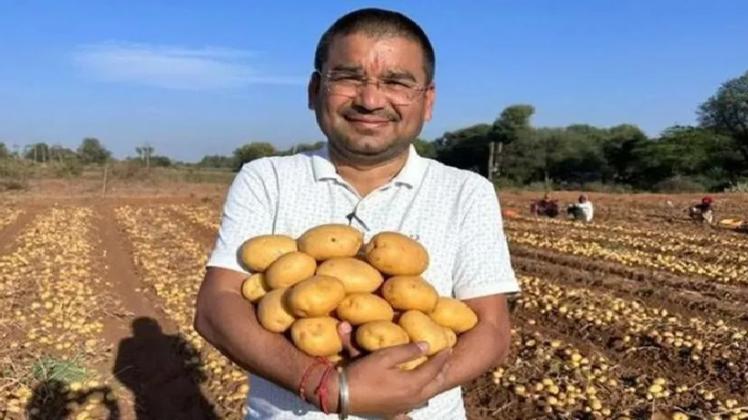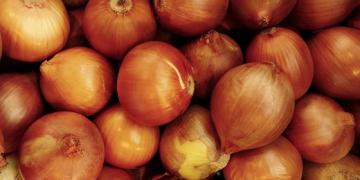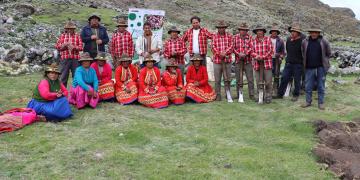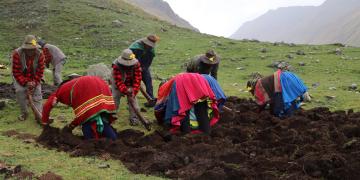India is the world’s new French fries superpower - the reason for their success is surprising
India exports 180,000 tons of frozen French fries annually and will be able to offer its product cheaper than China by 2024.

India, the world’s second-largest potato producer, has become a major player in the global frozen French fries market. The turnaround is no coincidence: targeted agricultural innovations, low prices and a dynamically developing processing industry have allowed the country to gain a foothold in Asian and Middle Eastern markets and increasingly in Europe, the BBC wrote.
Jitesh Patel’s economy has boomed since he switched to industrial potato farming, which is used to make French fries / Photo: Jitesh PatelTransition to industrial potatoes suitable for making French fries
The story began in the state of Gujarat , where agriculture was traditionally based on cotton cultivation. However, in the early 2000s, droughts and poor profitability forced many farmers to look for new ways. Potatoes seemed like an ideal alternative: they required less water, could be harvested faster, and – as it turned out – had huge potential in the processed products market.
The turning point came when large processing companies, such as Canada’s McCain Foods and India’s HyFun Foods, began building factories in the region. Farmers adapted and began to specifically grow varieties needed for industrial French fries .
India crossed the 20,000-ton monthly frozen potato export mark for the first time in February 2024. Total annual exports reached 181,773 tons, a 45 percent increase over the previous year.
Demand is partly driven by urbanization, increasing purchasing power and the spread of home-cooked frozen products, not only in households but also in the restaurant sector. The main markets today are in Asia: the Philippines, Thailand, Indonesia lead the list.
One of the main reasons for this dynamic expansion is price competitiveness: in 2024, the average price of Indian frozen French fries was lower than that of Chinese products – and this is a crucial aspect in price-sensitive Asian markets.
In the background, conscious agricultural innovation
The success is not just due to market demand. Farmers and processors have been building efficiency for years:
- They switched to drip irrigation, which significantly reduces water use.
- Seed breeding is used to develop new varieties that are more suitable for industrial purposes.
- Tissue culture produces virus-free, easily stored plants.
The goal: to grow potato varieties that do not turn brown by the end of the season, do not become sugary, and provide processors with stable quality.
Weak link: cold chain and logistics
Although there is tremendous development behind the boom, the increase in supply also poses serious logistical challenges.
India’s cold chain infrastructure is currently not keeping pace with processing capacity. Only 10-15 percent of India’s cold storage facilities are suitable for storing frozen food.
These are also typically concentrated in a few wealthier states, with rural regions almost completely underserved.
In addition, there are few specialized, refrigerated transport vehicles, which increases the risk of spoilage and transport, and due to power outages, continuous refrigeration is not ensured in many places. This logistical background is currently India’s biggest competitive disadvantage compared to countries such as China, Thailand or Brazil, where the refrigerated food chain is more developed and reliable.
According to the BBC, India’s potato exports are a textbook example of how an agricultural region can enter the global market through strategic adaptation, technological openness and industrial cooperation. However, they believe that developing cold chain infrastructure will be essential for long-term growth, otherwise capacity expansion will remain dangerously one-sided.
Fuente: origo.hu




